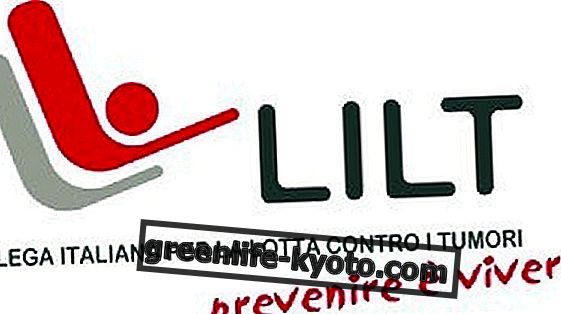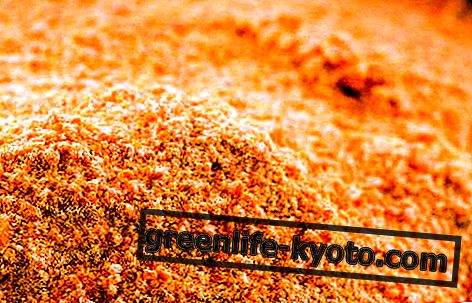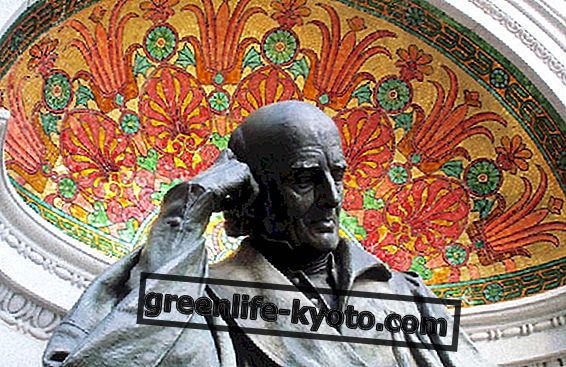
WAL, Walk and Learn
Psychophysical well-being consists in the quality of the health of our entire body. Man is a psychologically and physically complex being, whose parts cannot be taken into consideration independently of one another.
Body, mind and emotions work together . Psychophysical well-being corresponds to the balance between the various parts, the condition that physical health, psychological health and cognitive health are treated and treated equally.
The WAL method and psychophysical well-being
The WAL Method is the medical-holistic discipline founded by Annamaria Crespi in Perugia, and today spread throughout Italy thanks to its simplicity and rapid effectiveness, visible in the short term. Walk and Learn is based on two principles:
1. Neural plasticity, ability of the brain to regenerate itself over time even after serious injuries, such as stroke or injury resulting from aging.
2. Holism, a medical-philosophical approach that sees body and mind as part of a single system. Holism, from the Greek hòlos, "global", is a theoretical position with ancient origins. Born in the East in 200 BC, he then spread to the West where Baruch Spinoza, a Dutch philosopher, developed it in the 1600s. Spinoza gave a new pantheistic reading of the Bible, replacing the vision of dualistic reality (good and evil, earth and sky, life and death) with that in which "God is the All".
The greatest point in common between the WAL and the holistic philosophers consists in affirming the superiority of the whole with respect to the single parts that compose it. In fact, the effectiveness of the WAL is based on the enormous benefits of the dual physical / cognitive activity practiced in unison.
The physical exercise of walking is practiced at the same time as the cognitive one thanks to the listening of AudioWAL, mp3 cultural documents audible in wireless headphones that deal with various topics stimulating the functions of memory, learning, concentration and verbal skills.
AudioWALs are specially designed to train neural plasticity. The narratives, with their rich and fluent language, follow a very specific rhythm, and are interspersed / accompanied by relaxing musical pieces. Two sessions per week of WAL, 3 hours in total, are sufficient to improve the cognitive abilities mentioned above, and achieve psychophysical well-being.
WAL and natural cures for the body
Simple regular physical activity is a natural cure for our body. No need to practice high intensity sports; walking 30 (better still 60) minutes a day is able to fight hypertension, prevent and treat type 2 diabetes, Alzheimer's, cardiovascular diseases, insomnia, depression, anxiety, obesity, and lengthen our life.
Imagine these benefits added to those given by a good state of brain health; the psychophysical well-being is incomparable to that produced by sports that focus exclusively on physical appearance . For example, do you know the real differences between running and walking? Moreover, walking is within the reach of almost everyone, adults, children and the elderly, it is an exercise free of stress and risks.
Walking regularly, following a healthy diet and training the mind is a truly complete natural cure, and a preventive method that safeguards us from the onset of serious diseases, such as cancer and aging.
In a 2015 article, La Stampa reported a study by the London School of Economics on the unparalleled effects of simple walking for psychophysical well-being: “ The London School examined 50, 000 patients between 1999 and 2012 to see how their bodies reacted to the exercises from the gym compared to a regular walk. A quick half-hour walk a day turned out to be the best way to lose weight and stay fit even from an economic standpoint, because it costs nothing. Furthermore, walking is a beneficial activity especially for older people and has proved to be exceptionally effective in women over 50 years of age who begin to gain weight after menopause. Beyond a certain age, one often does not have the necessary motivation and tenacity to face the demanding exercises of a gym and one tends to give up all physical activity ".
Stimulate creativity
A study by the School of Education of Stanford University, published in 2014 in the Journal of Experimental Psychology, confirms the beneficial effect of walking on our brains. The study focused in particular on the connection walking / creativity . The study monitored the response of 200 subjects during walking. Participants were asked questions of all kinds, to stimulate cognitive functions, and those who responded as they walked showed greater originality and creativity in the elaboration of the answers.
The Stanford study, therefore, highlights the enormous benefit of performing the two WAL exercises, walking and training the mind at the same time.
" From the cognitive point of view we think that the exercise, by relaxing the control of the prefrontal cortex, can improve the activity of the so-called associative memory. Hence the increase in creativity ", Daniel Schwartz, coordinator of the Stanford studio.
Walking against stress and depression
We have seen how according to the holistic philosophy the emotional and psychological aspect of a person has an important weight on the health of the organism. Walking also serves to cure this aspect. On the one hand, walking in company is an opportunity for socializing, on the other, physical exercise in itself triggers favorable chemical processes in the body, such as the production of serotonin and the release of adrenaline.
In addition to alleviating anxiety and depression, these processes facilitate sleep, which is essential for psychophysical well-being. The British Journal of Sports Medicine in 2014 published a study that highlights the role of walking for psycho-emotional health.
The study, conducted by the University of East Anglia, consists of a meta-research (an in-depth analysis of other research) on 42 studies aimed at discovering all the effects of walking, carried out in the last 10 years, which involved more than 2000 people from 14 different countries.
The advantages of walking are numerous, of various kinds and extremely more effective and long-term than those provided by the most intense sports activities (such as running). Among these are:
- Blood pressure control;
- Decrease in body fat and muscle toning;
- Improvement of joint flexibility and posture;
- Lowering cholesterol;
- Heart rate regulation, useful for cardiovascular diseases but also for those suffering from anxiety. The anaerobic activity of the walk, if carried out regularly and at a brisk pace, helps people to get in touch with their bodies and to "trust" them. Listening, and thus being able to regulate one's heart rate, is a great help against panic and anxiety attacks .
Physical activity as a natural cure
Enrico Arielli, of the Faculty of Motor Sciences of the University of Milan, reaffirms the importance of walking as a method to achieve psychophysical well-being:
" With an aerobic type of sport there can be a reduction of up to 10 millimeters of mercury in both systolic and diastolic pressure. But regardless of the benefits a person suffering from hypertension can derive from physical activity, it is important to know that those who normally perform an activity, even simply walking an hour, but every day, is much less subject to the risk of hypertension which a sedentary person encounters.
It is therefore important to make movement, both for those suffering from hypertension and, as a preventive measure, for those at risk ".
Medications, intensive sports and expensive remedies are not always necessary to stay healthy. The health of the individual is different for each case . According to the holistic approach, man is a complex being made up of experiences, desires, needs that vary from body to body.
Being aware of your body and what it needs is the first step towards psychophysical well-being. The WAL Method helps to take this first step, gradually and pleasantly starting people on the path that leads to the achievement of psychophysical well-being in a completely natural way .
You can find out more at www.walexperience.com .













